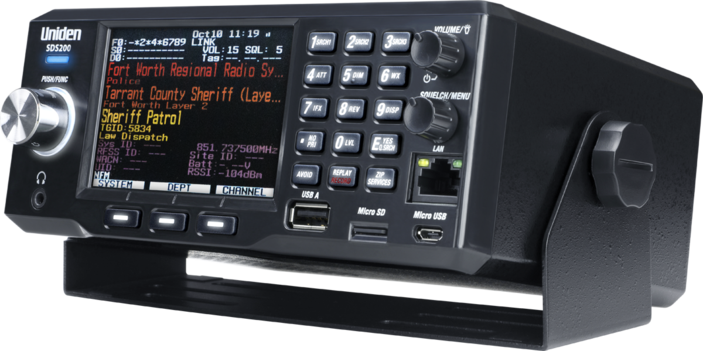
Welcome to
Rockford Scanner

Welcome to Rockford Scanner,
The area’s favorite entertainment website!
We post our opinions on what may have possibly happened,
Based on the information that has currently been provided to us.
We strongly recommend you doing your own research, and forming your own opinions.
If you have any information, photos, videos, Please email us at: RockfordScanner@gmail.com
If you are SEARCHING for something specific, the search feature is just below.
My opinion on what may have possibly happened,
Based on the information that has been currently provided:
Getting Reports Of A Possible Bear Sighting in Northern Winnebago County
A couple of sources are reporting that a bear has been spotted near the Old River rd area.
There are other reports of it being spotted near the Roscoe rd area.
Last reports, said that it was casually walking SE in a nearby field.
Many of the reports said the bear looked “hungry and scared”
Officials have not released any information to confirm this.
We did notice that their call logs do confirm they are investigating some type of “animal complaint”
Unknown if it might be related to these alleged bear sightings.

Previous Confirmed Bear Sighting
in Winnebago County: CLICK HERE
The same article states: ““As long as it is not posing any threat the public,
our stance is to leave it alone,”
According to the National Park Service, if you encounter a bear then you should:
Once a bear has noticed you and is paying attention to you, additional strategies can help prevent the situation from escalating. Here are some general tips. However, please check recommendations for each park you visit: recommendations do vary from park to park based local bear behavior.
- Identify yourself by talking calmly so the bear knows you are a human and not a prey animal. Remain still; stand your ground but slowly wave your arms. Help the bear recognize you as a human. It may come closer or stand on its hind legs to get a better look or smell. A standing bear is usually curious, not threatening.
- Stay calm and remember that most bears do not want to attack you; they usually just want to be left alone. Bears may bluff their way out of an encounter by charging and then turning away at the last second. Bears may also react defensively by woofing, yawning, salivating, growling, snapping their jaws, and laying their ears back. Continue to talk to the bear in low tones; this will help you stay calmer, and it won’t be threatening to the bear. A scream or sudden movement may trigger an attack. Never imitate bear sounds or make a high-pitched squeal.
- Pick up small children immediately. Do not make any loud noises or screams—the bear may think it’s the sound of a prey animal. Slowly wave your arms above your head and tell the bear to back off. Do NOT run or make any sudden movements. Do not make any loud noises or screams—the bear may think it’s the sound of a prey animal.
- Hike and travel in groups. Groups of people are usually noisier and smellier than a single person. Therefore, bears often become aware of groups of people at greater distances, and because of their cumulative size, groups are also intimidating to bears.
- Make yourselves look as large as possible (for example, move to higher ground).
- Do NOT allow the bear access to your food. Getting your food will only encourage the bear and make the problem worse for others.
- Do NOT drop your pack as it can provide protection for your back and prevent a bear from accessing your food.
- If the bear is stationary, move away slowly and sideways; this allows you to keep an eye on the bear and avoid tripping. Moving sideways is also non-threatening to bears.
- Do NOT run, but if the bear follows, stop and hold your ground. Bears can run as fast as a racehorse both uphill and down. Like dogs, they will chase fleeing animals.
- Do NOT climb a tree. Both grizzlies and black bears can climb trees.
- Leave the area or take a detour. If this is impossible, wait until the bear moves away. Always leave the bear an escape route.
- Be especially cautious if you see a female with cubs; never place yourself between a mother and her cub, and never attempt to approach them. The chances of an attack escalate greatly if she perceives you as a danger to her cubs.
Bear attacks are rare; most bears are only interested in protecting food, cubs, or their space. However, being mentally prepared can help you have the most effective reaction. Every situation is different, but below are guidelines on how brown bear attacks can differ from black bear attacks. Help protect others by reporting all bear incidents to a park ranger immediately. Above all, keep your distance from bears!
Brown/Grizzly Bears: If you are attacked by a brown/grizzly bear, leave your pack on and PLAY DEAD. Lay flat on your stomach with your hands clasped behind your neck. Spread your legs to make it harder for the bear to turn you over. Remain still until the bear leaves the area. Fighting back usually increases the intensity of such attacks. However, if the attack persists, fight back vigorously. Use whatever you have at hand to hit the bear in the face.
Black Bears: If you are attacked by a black bear, DO NOT PLAY DEAD. Try to escape to a secure place such as a car or building. If escape is not possible, try to fight back using any object available. Concentrate your kicks and blows on the bear’s face and muzzle.
If any bear attacks you in your tent, or stalks you and then attacks, do NOT play dead—fight back! This kind of attack is very rare, but can be serious because it often means the bear is looking for food and sees you as prey.
Source: NPS
Source: https://www.nps.gov/subjects/bears/safety.htm

We keep everyone ANONYMOUS,
Unless you let us know to credit your name.
Get one of the best
Police scanner on the market!


Please take a few seconds and visit our sponsors at:
https://rockfordscanner.com/sponsors/
Rickie’s Website:
RickieTraeger.com


Disclaimer and Terms:
CLICK HERE


